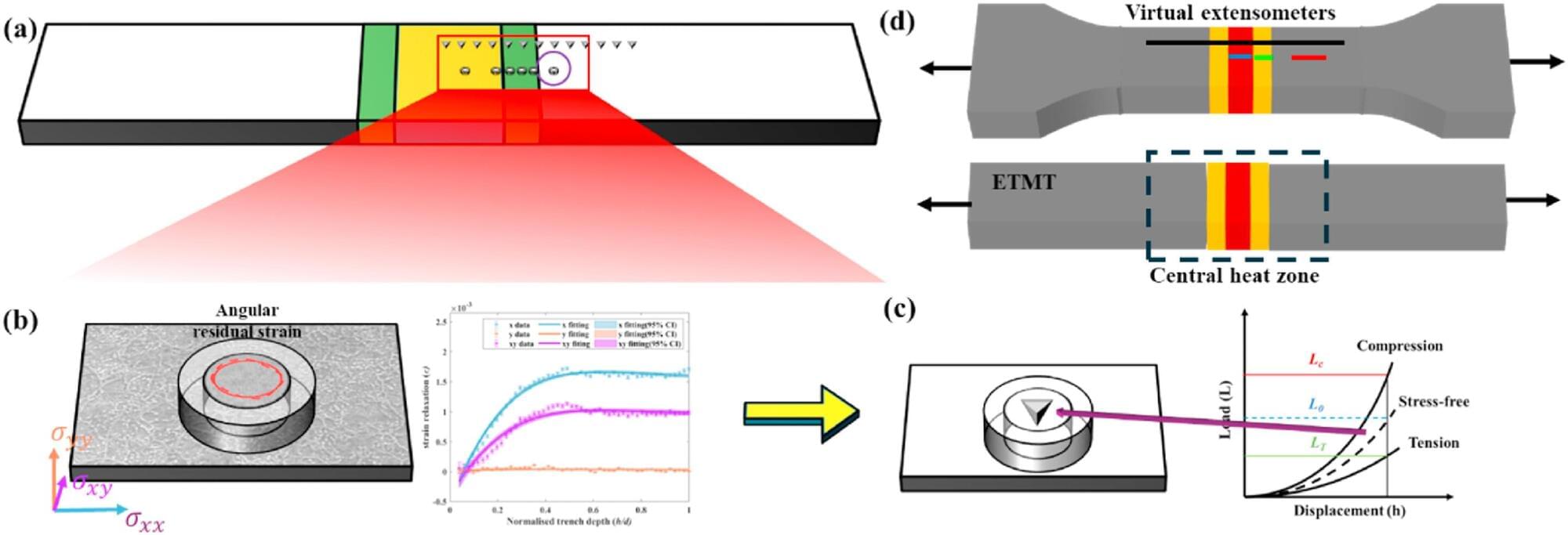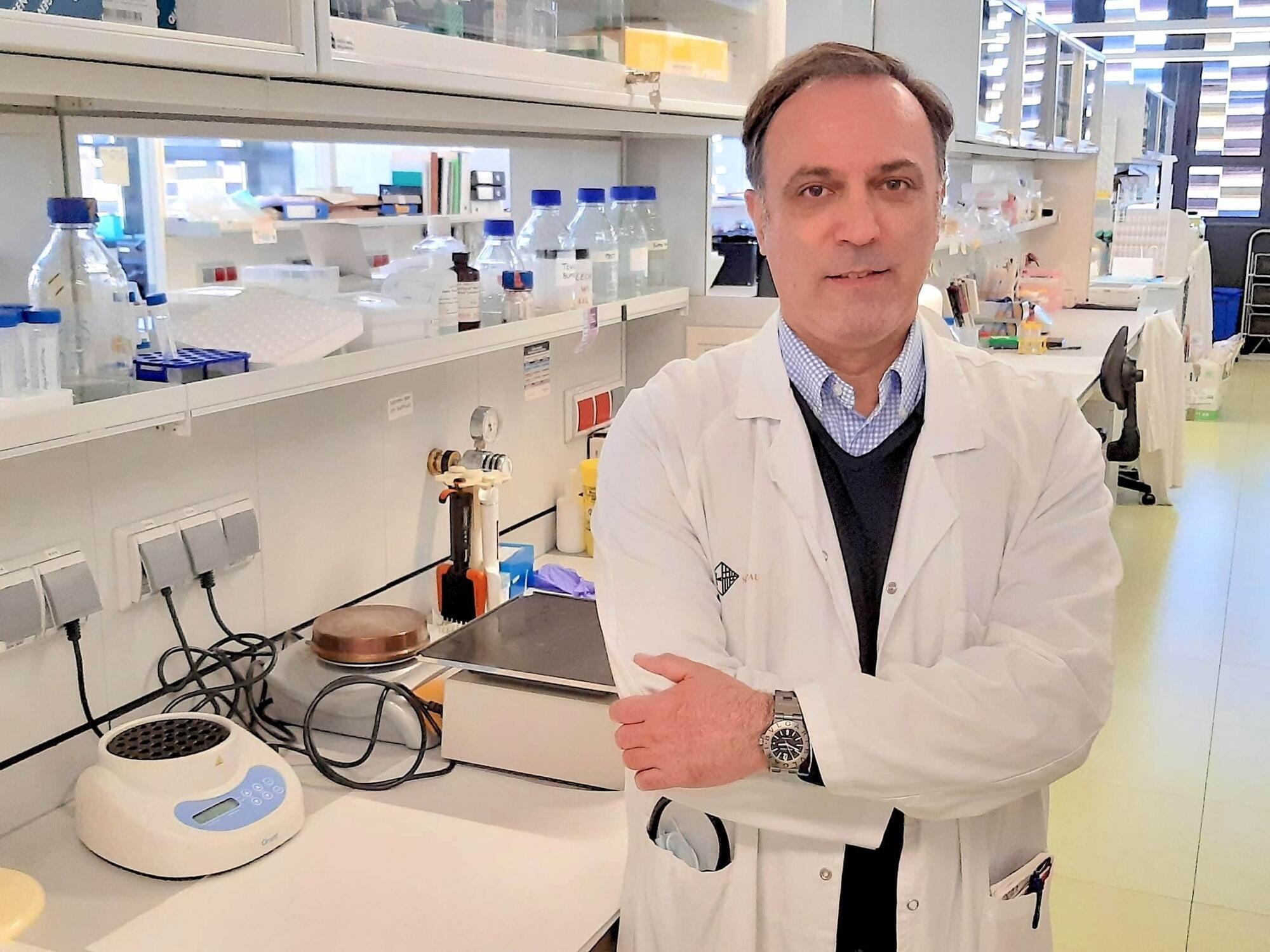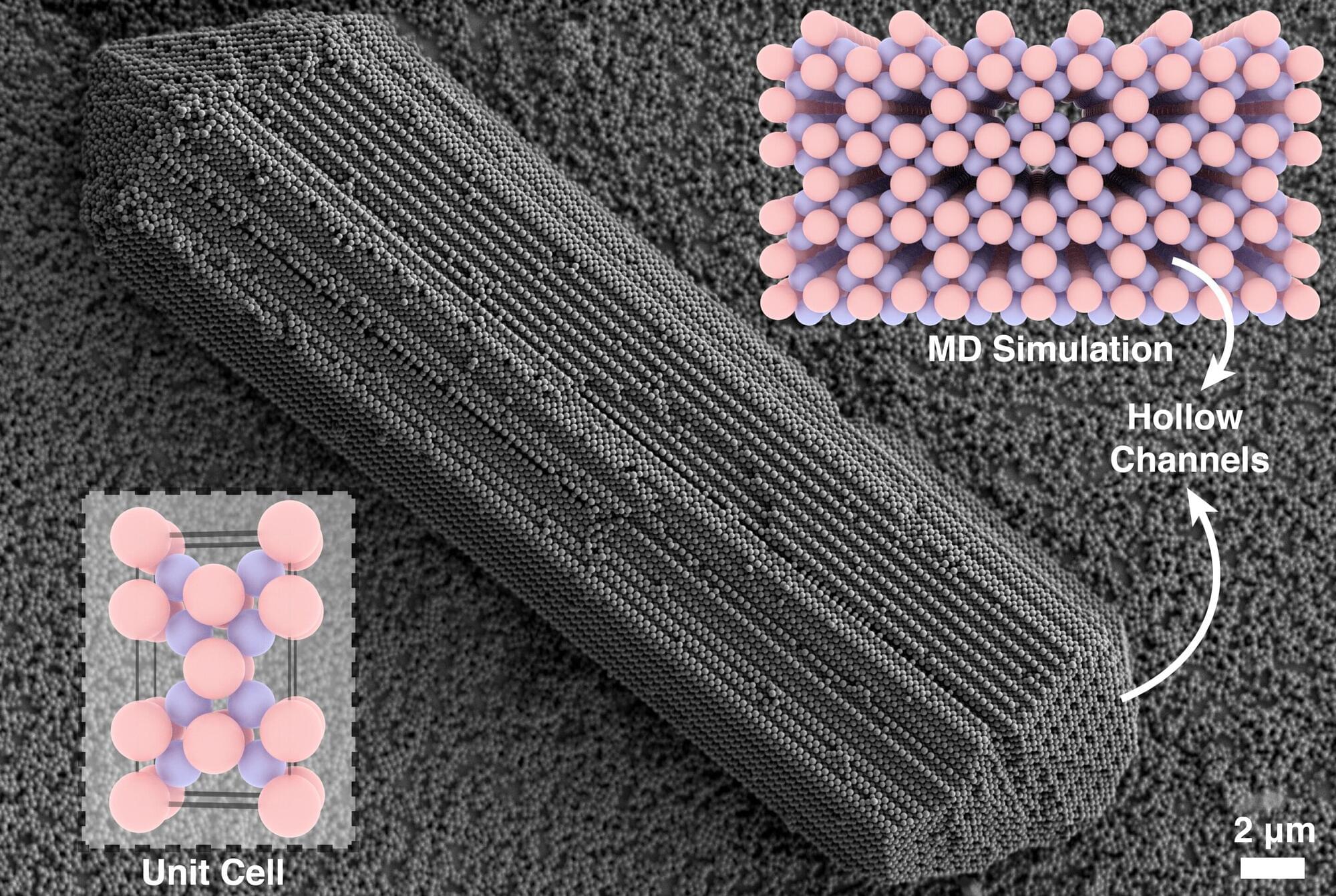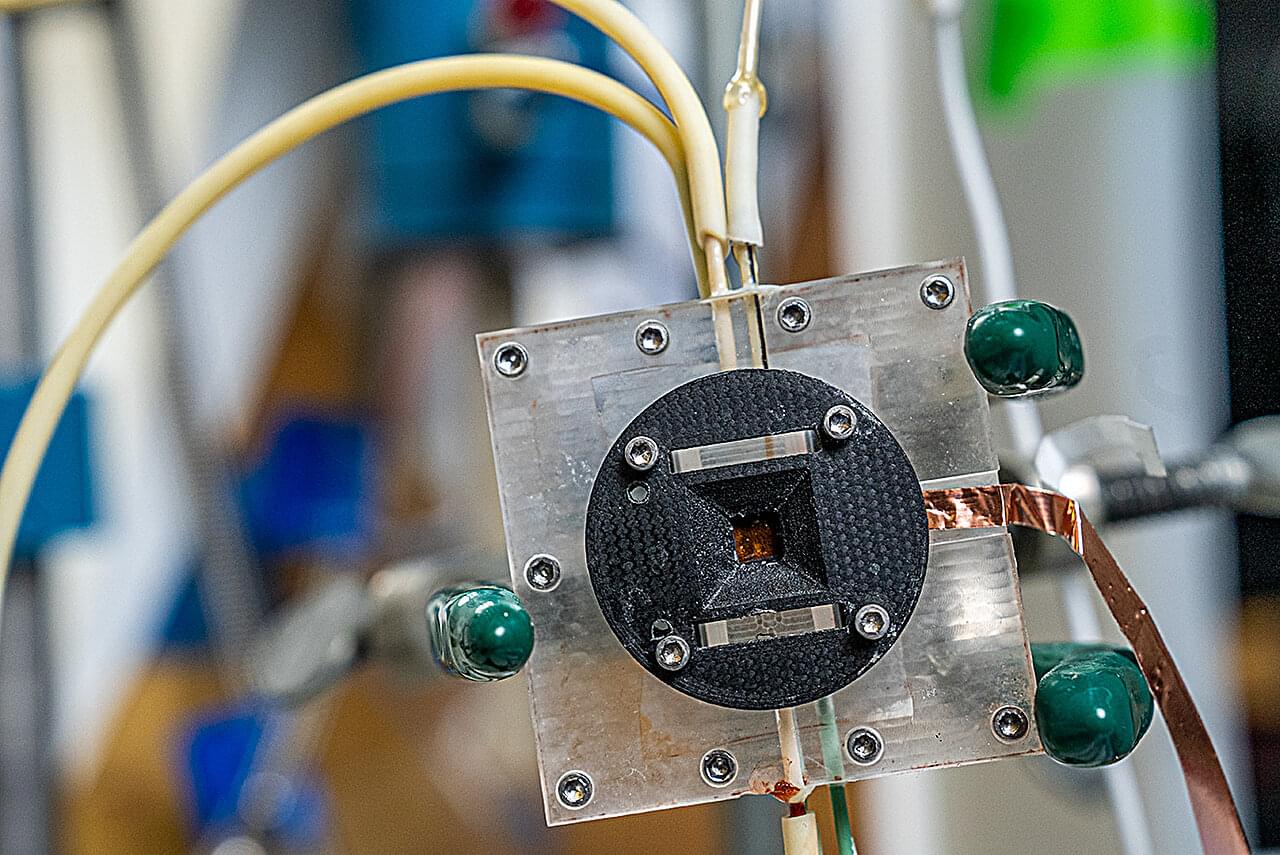
As the world races to build the first commercial nuclear fusion plant, engineers from the University of Surrey have made a breakthrough in understanding how welded components behave inside the extreme conditions of a reactor—offering critical insights for designing safer and longer-lasting fusion energy systems.
Working in collaboration with the UK Atomic Energy Authority (UKAEA), the National Physical Laboratory, and global supplier of scientific instruments for nanoengineering TESCAN, researchers have developed and used an advanced microscopic method to map hidden weaknesses locked inside welded metals during manufacturing that can compromise reactor components and reduce their lifespan.
The research, published in the Journal of Materials Research and Technology, details how they examined P91 steel—a very strong and heat-resistant metal candidate for future fusion plants. Researchers applied an advanced imaging technique using a plasma-focused ion beam and digital image correlation (PFIB-DIC) to map residual stress in ultra-narrow weld zones that were previously too small to study with conventional methods.









